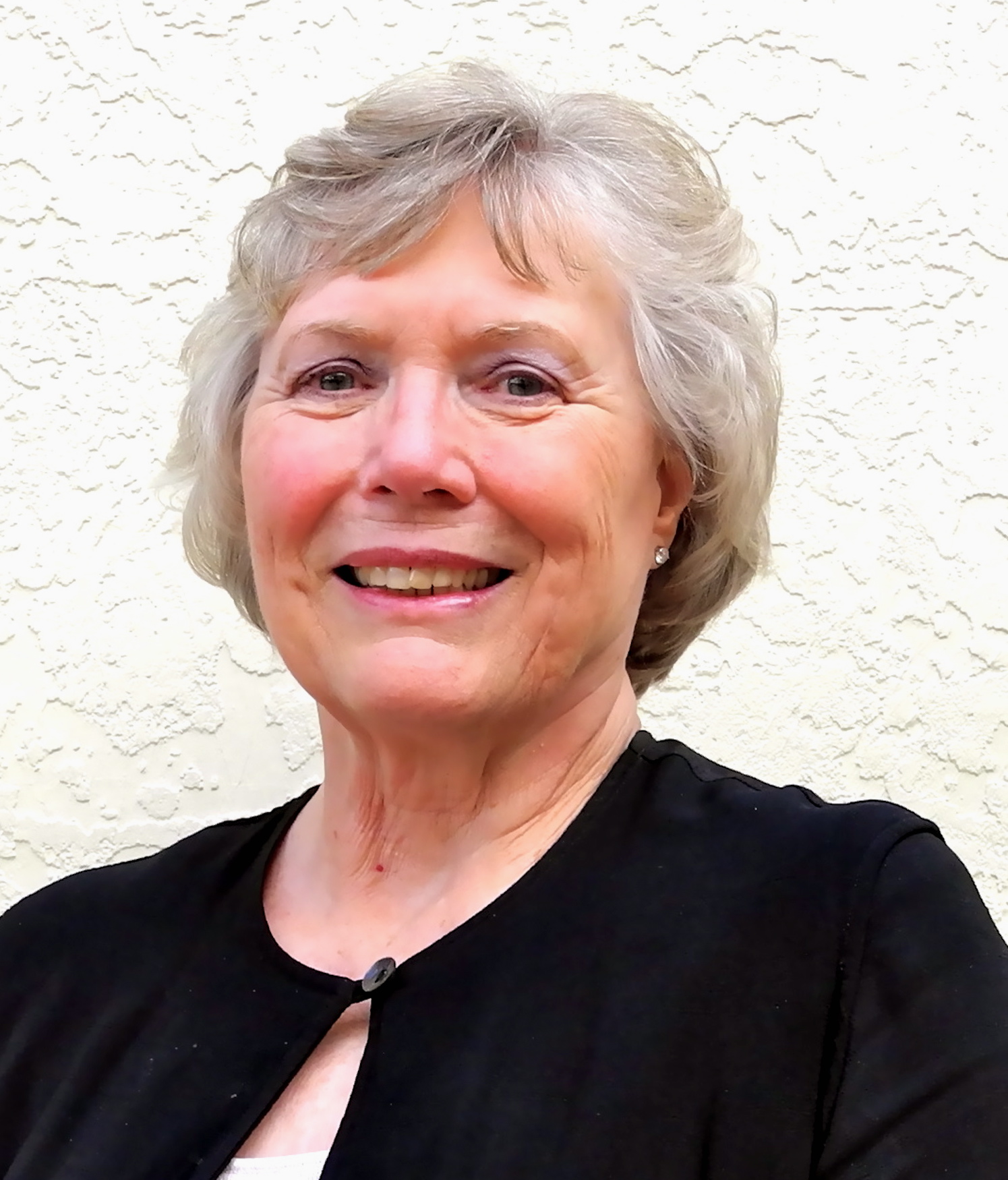Member Musings features the reflections and thoughts of an NPC member.
My Final Inside Training at The Conservancy
Today I held a live hawk. In fact, I held two different red-shouldered hawks, and I released a third one into the wild. A red-letter day, for sure! This was my final “Inside” training day at The Conservancy’s renowned Wildlife Rehabilitation Center. I had already completed my “Outside” training and had for a month been picking up a weekly volunteer shift to take care of the “Outside Back” cages.
In many of the other rooms of the hospital, only staff and interns get to handle the animals, so I was surprised to have these opportunities. I held each hawk by its feet, pulling it tightly into my chest so staff member Erica could poke food and medicine past its beak. Food consisted of three cut up mice—the cutting performed by me.
I also administered a laser treatment to an osprey’s injured wing. According to the staff vet P.J., the laser reduces inflammation and promotes healing of bruised tissue.
The talons on that bird intimidated me. Good thing it was docile—and hooded to diminish its natural anxiety at human interaction. Erica placed the osprey on a perch lying on a towel spread on the concrete floor. “Sit there,” she said to me, pointing to the end of the towel behind the bird, “and put these glasses on to protect your eyes.” She then clicked the button to start the laser, pressed the light against the osprey’s wing and indicated I should hold the laser. “I’ll tell you when time is up.” The osprey remained still, talons curled over the perch, wounded wing outstretched to receive the treatment.
The hardest part of this activity was hoisting my creaky body up from the floor.
The inside Bird Recovery Room is also temporary home to several injured pelicans, both juveniles and yellow-headed adults. While Erica held one of the pelicans, I watched Debbie, the other volunteer for the morning shift, put a tube down the bird’s throat and instill the medicinal and nutritional contents of a syringe. Then it was my turn.
“Poke the tube past the epiglottis,” Erica said as she pointed to a little wiggly thing in the pouch of the bird’s lower bill, “as deeply as it will go. Hold the tube tightly at the end of the syringe as you push the plunger.” I managed to follow her directions on the first try. “Good. Now fold over and pinch the tube as you withdraw it.” My actions must have passed the test, because I got to do it all over again with another pelican.
I learned how to prepare a box—each one sized appropriately for the bird it would hold—for the daily weighing of every patient in the room. Debbie showed me how to place on the scale the box plus the towel that would cover the bird’s head to keep it relaxed. She wrote the weight on a strip of masking tape on the top. After Erica placed the bird inside the box and covered it, Debbie weighed the box and subtracted the weight recorded on the tape from the number showing on the scale. That remainder was the bird’s weight, which Debbie announced and Erica carefully wrote in that patient’s chart.
Other activities in this room included the usual—removing water bowls, uneaten food, and floor coverings from each cage; cleaning it; spreading fresh blankets and towels; setting down clean bowls with fresh water and food. Debbie and I took turns washing all bowls removed from the cages then dropping them into buckets of bleach for a 15-minute disinfectant bath.
An adjacent room held two metal tubs, each measuring about four feet by two feet, with a depth of two feet. At least three times, Debbie or I filled, emptied, and refilled them. Each time a bird left the tub, we kicked the drain lever to “open,” used a disinfectant liquid to clean the tub, rinsed it, squeegeed the tub dry and refilled it for the next occupant. When we left at the end of our eight to noon shift , an anhinga was still hanging out on the rim of one tub, pooping on the floor.
Pooping on the floor is a frequent occurrence in this Bird Recovery Room.
Before checking out, Debbie and I shared the final cleaning of the day— disinfect the examination tables, the sink and countertop; place syringes and tubing in a disinfectant bath; remove for the third time the overflowing basket of dirty laundry; sweep the floor; return unused mullet, smelt and mice to the refrigerator.
I loaded into my car a large crate containing the red-shouldered hawk that had successfully completed its rehabilitation. Erica checked the chart. “It was brought in from downtown, near various businesses,” she read. “The best place to return him would be Cambier Park.” I assured her I knew where to take the hawk, and we left.
Minutes later, as I toted the crate from my car to an appropriate release point in the park, I wondered if the hawk would hesitate, peering around to get its bearings. Or would it fly off instantly?
I set the crate on the ground in the park, lifted the lid and watched the hawk fly—like a bullet—into the nearest tree. Its coloration blended so well with the branches and leaves that when I diverted my gaze and looked back, I needed a minute to find the bird. Back in the wild, where it belonged.
What joy!


